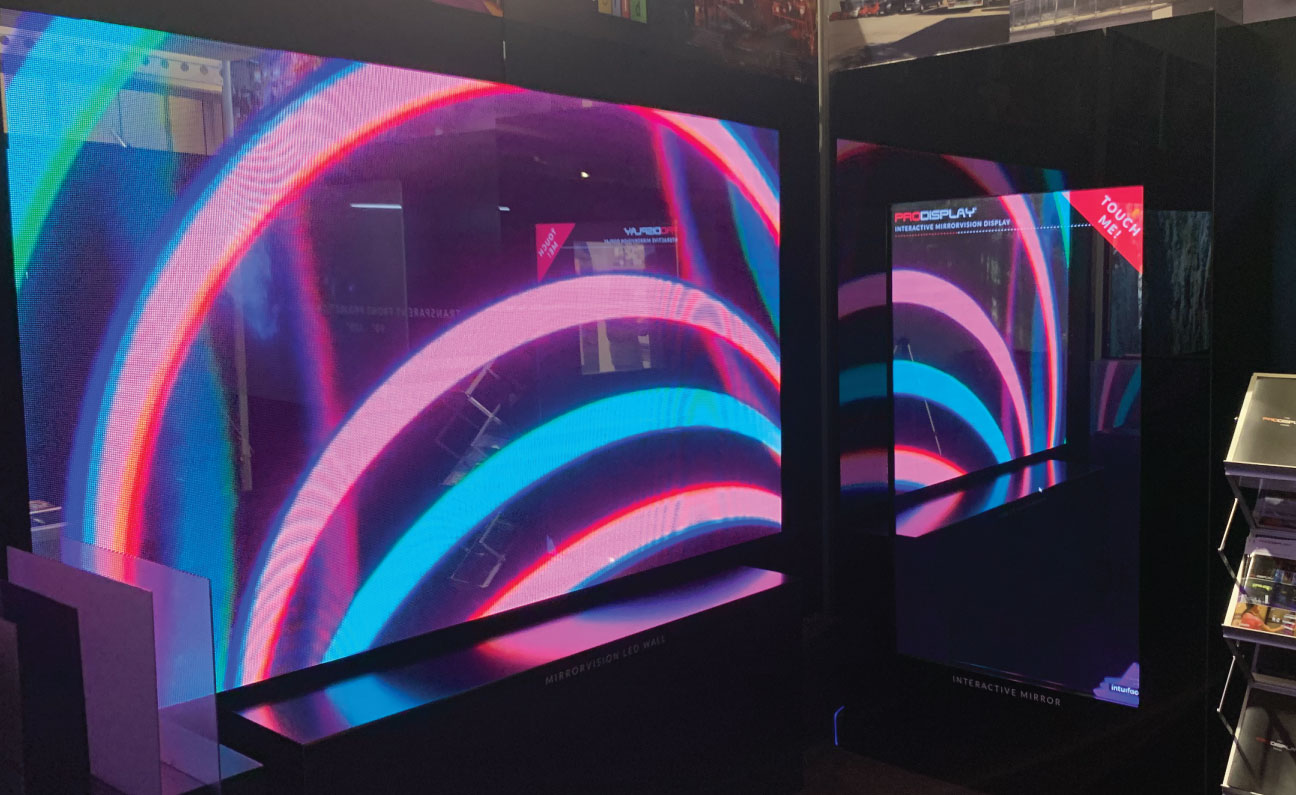A Thorough Comparison of Different Light Emitting Diode Display Wall Techniques and Their Uses
Light Emitting Diode video screens are more common in various settings, such as music events, athletic competitions, as well as corporate presentations. These large displays consist of composed of many individual Light Emitting Diode modules which work together to create a single cohesive image. There are multiple types of LED video screen technologies on the market, each having its unique characteristics and benefits. Understanding these options can help businesses and entities select the right option for their specific needs.
A common kind of Light Emitting Diode video wall solution is the directly viewed LED. Such solution utilizes individual Light Emitting Diode units that are placed near in proximity to create a large screen. Directly viewed Light Emitting Diode walls are recognized for their elevated luminosity and lively hues, which makes them ideal for outdoor activities and brightly lit settings. These displays also have a broad viewing angle, allowing indicating that people can see the display distinctly at different locations. Such makes direct view LED screens a favored option for stadiums and external festivals.
Another kind of LED video screen solution is the LED-backlit LCD. This technology merges conventional Liquid Crystal Display screens and Light Emitting Diode illumination to enhance brightness and color precision. LED illuminated Liquid Crystal Displays are often used in indoor environments, including retail malls and meeting spaces. They provide excellent visual clarity while are generally more cost-effective than direct view LED screens. Nonetheless, they may not function as effectively in well-lit settings, since the backlighting can sometimes wash out the colors.
A third option is the Organic Light Emitting Diode display screen. Organic Light Emitting Diode solution offers superior useful site differentiation as well as hue richness compared to other kinds of screens. Every dot in an Organic Light Emitting Diode display produces its individual light, enabling for true dark tones as well as lively hues. Such renders Organic Light Emitting Diode display screens especially attractive for uses which demand high-quality images, including gallery exhibitions and luxury shopping outlets. However, OLED technology can be more expensive and may not be as bright as directly viewed LED walls, making it less suitable for outdoor use.
Along with the aforementioned options, various also multiple uses for LED video screens. These displays can be used for promotion, amusement, as well as data presentation. For example, businesses commonly use Light Emitting Diode video walls for digital advertising to attract customers as well as advertise products. In amusement, these displays enhance the visual encounter at music events and events, offering lively backgrounds as well as captivating visuals. In business settings, LED display walls can be used for demonstrations, visual conferencing, as well as training sessions, helping to convey data through a visually appealing manner.
In conclusion, LED display walls are available in various technologies, every having its own benefits as well as applications. Directly viewed LED screens are ideal for outdoor applications, whereas LED-backlit Liquid Crystal Displays are more suitable for indoor settings. OLED video screens offer superior image quality but may come at a higher cost. Grasping these variations can assist organizations to make informed choices about the best type of Light Emitting Diode video screen best meets their needs, whether for promotion, amusement, or business use.